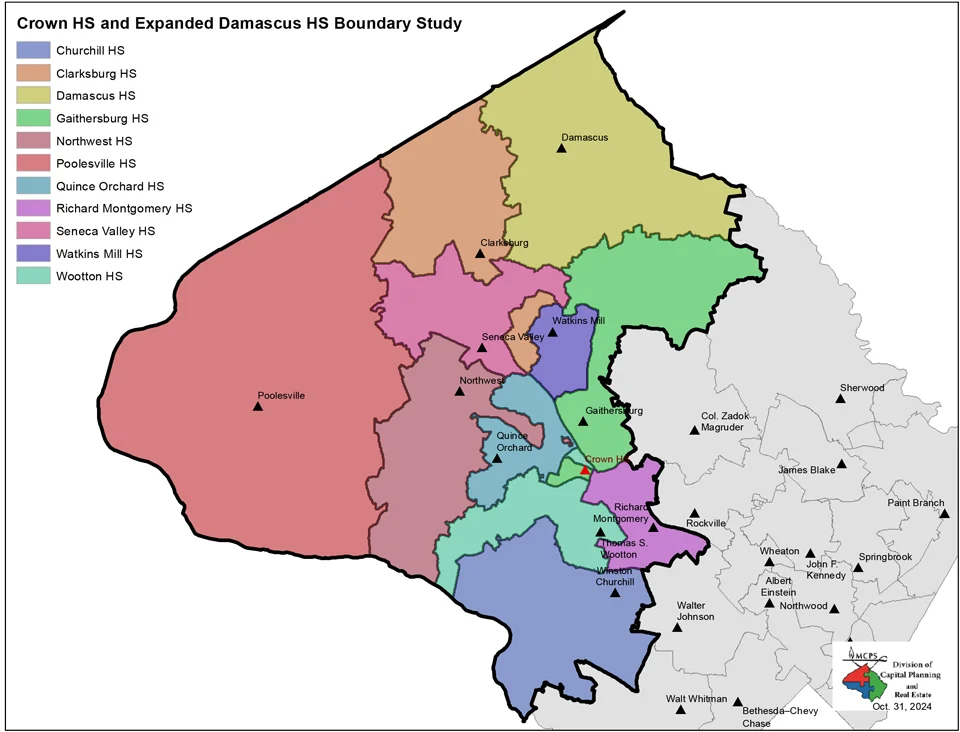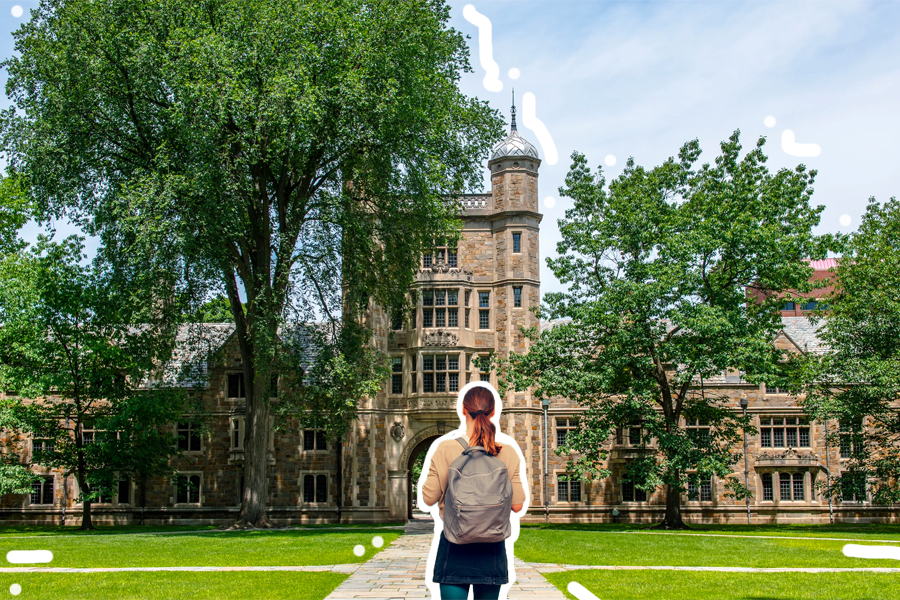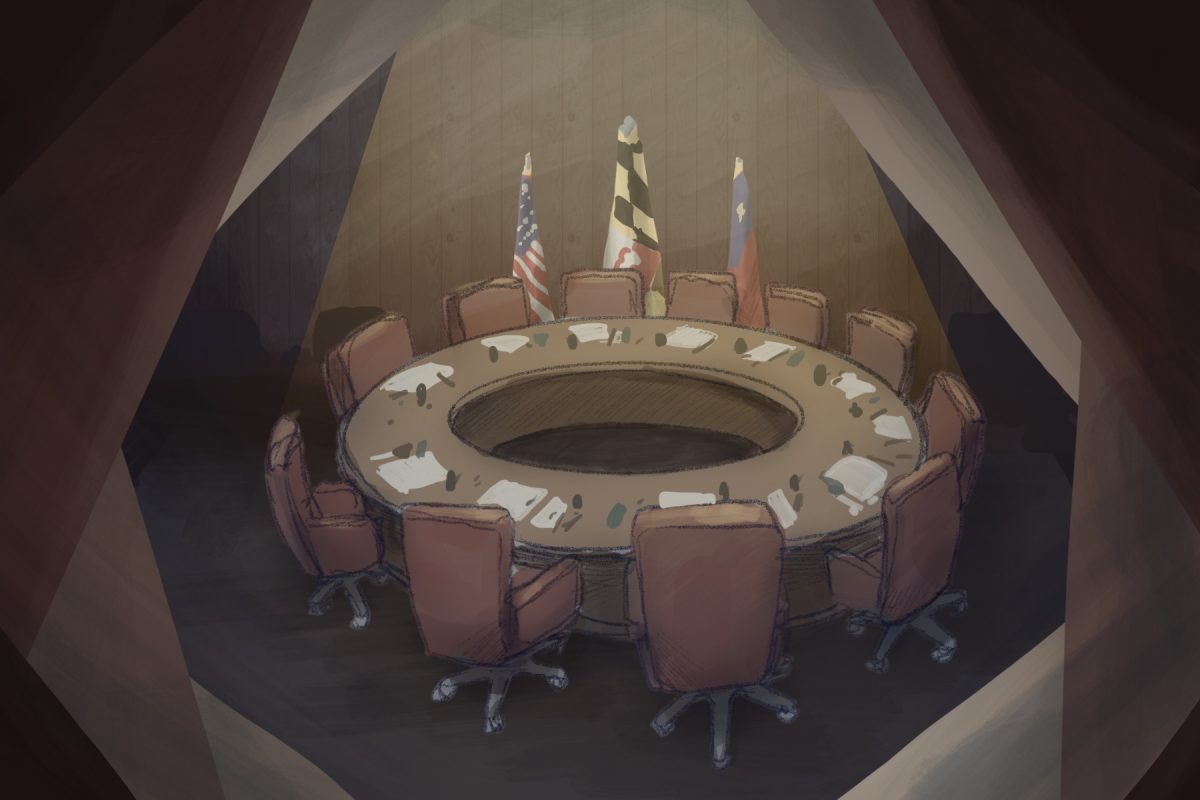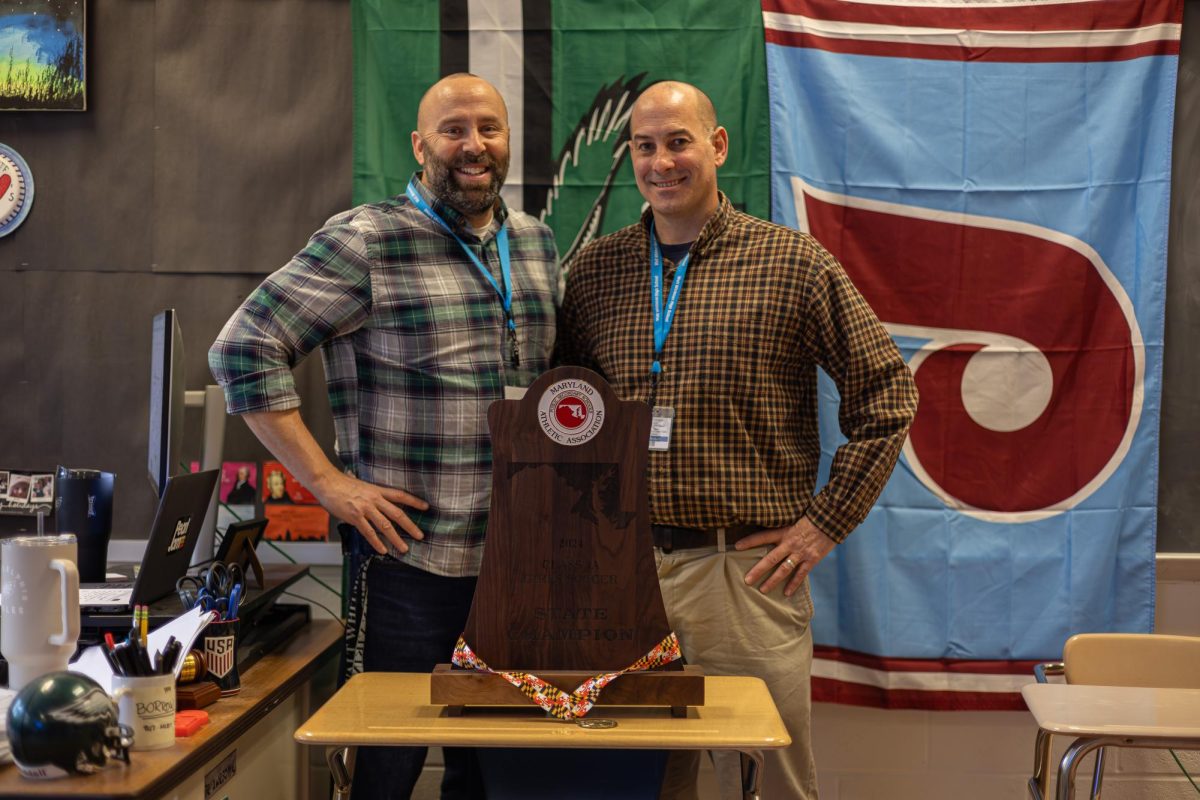**Also by Hannah Storey**
Applying to colleges often requires lengthy and strategic planning. And an increasing number of seniors think they’ve found the perfect tactic: apply to more schools than ever before. The number of applications rose 47 percent at public colleges and 70 percent at private colleges from 2001 to 2008, according to a recent study by the National Association for College Counseling.
The proportion of students nationwide who applied to seven or more schools also rose from 12 percent in 1999 to 23 percent in 2009. The trend is particularly prevalent at Whitman, resource counselor Fran Landau said.
“It used to be, if you applied to a lot of schools, you were looked at as an overachiever,” she said. “Nowadays, it’s quite the opposite.”
With the increasing popularity of the Common Application, some students said they’ll even apply to certain schools because the college’s application requires little work.
Over four hundred colleges nationwide use the Common Application, which allows students to apply to multiple colleges without filling out different applications. This year alone, 25 schools joined the Common App, including Columbia and the University of Michigan.
“We feel that the Common App process makes the lives of prospective students easier, but it also works to our benefit,” University of Michigan media director Deborah Greene said. “We feel that the Common App gives us both the widest and strongest selection of students to form our freshman class.”
Since Michigan began using the Common Application, Whitman students have applied en masse. With nearly two months left in the application process, 78 Whitman students have applied to the University of Michigan, compared with only 56 last year. Of those who applied last year, 30 were admitted and 7 enrolled, according to Naviance Family Connection.
“I’m really glad Michigan switched to the Common App; it cut my work on the application in half,” senior Andre Ames said. “I don’t know if I would have applied to Michigan without the Common App.”
Designing admissions practices that recruit a large number of applicants can work to a school’s advantage. A lower acceptance rate makes a school appear more selective, and therefore, more prestigious, said Tufts dean of undergraduate admissions Lee Coffin.
“It’s common knowledge that every school wants to have the lowest acceptance rate, because that’s how students and places like the U.S. News and World Report college rankings judge colleges,” he said. “We don’t want to lower the amount of students we accept, but if we have a larger body from which to choose our class, we get both a strong, competitive class and a stronger reputation for our school.”
However, more applications may make that admittance letter even more elusive for qualified applicants, says Harvard’s Marlyn McGrath.
“A large pool of applicants creates a situation where some of the more deserving students are lost in the mediocrity and the competition, and don’t get in,” she said. “It isn’t about creating a large pool of applicants, it’s about creating a strong, diverse pool.”
Some schools like Michigan and the University of Virginia also aim to increase applications by instituting early action policies, which allow students to apply and receive a non-binding decision before the regular decision process. Students are given the opportunity to apply nearly a year before their freshman year of college without having to make any commitment.
Harvard removed their early action policy in 2006, but McGrath doesn’t see them reinstating it in the foreseeable future. McGrath said she believes early applications actually create additional stress.
“We abolished the policy because our counselors were spending so much time reading applications,” she said. “We barely had time to recruit qualified applicants by sending our counselors out to schools, and we felt we were losing out.”
Tulane University, which offers early action as well as an application that doesn’t feature a mandatory essay, received over 44,000 applications in 2009, the most of any private university in the U.S.
“We’ve seen an explosion in applications over the last couple of years,” Tulane admissions counselor Forbes Mann said. “We’ve tried to make it easier for students to apply, so we can create a stronger, more diverse class of applicants.”
But as the application has become easier, the admittance rate has gone down. Only 27 percent of Tulane applicants will get an offer for one of 1,700 spots in this year’s freshman class, compared with 44 percent only two years ago.
“I applied to a lot of schools, with the hope that I would at least get in to one,” senior Max Craft said. “It’s a relief just to get in somewhere, even if it isn’t your top choice.”
As schools around the country receive more and more applications, students should realize one thing: whether they’re applying to two schools or 20, the competition is greater than ever.









